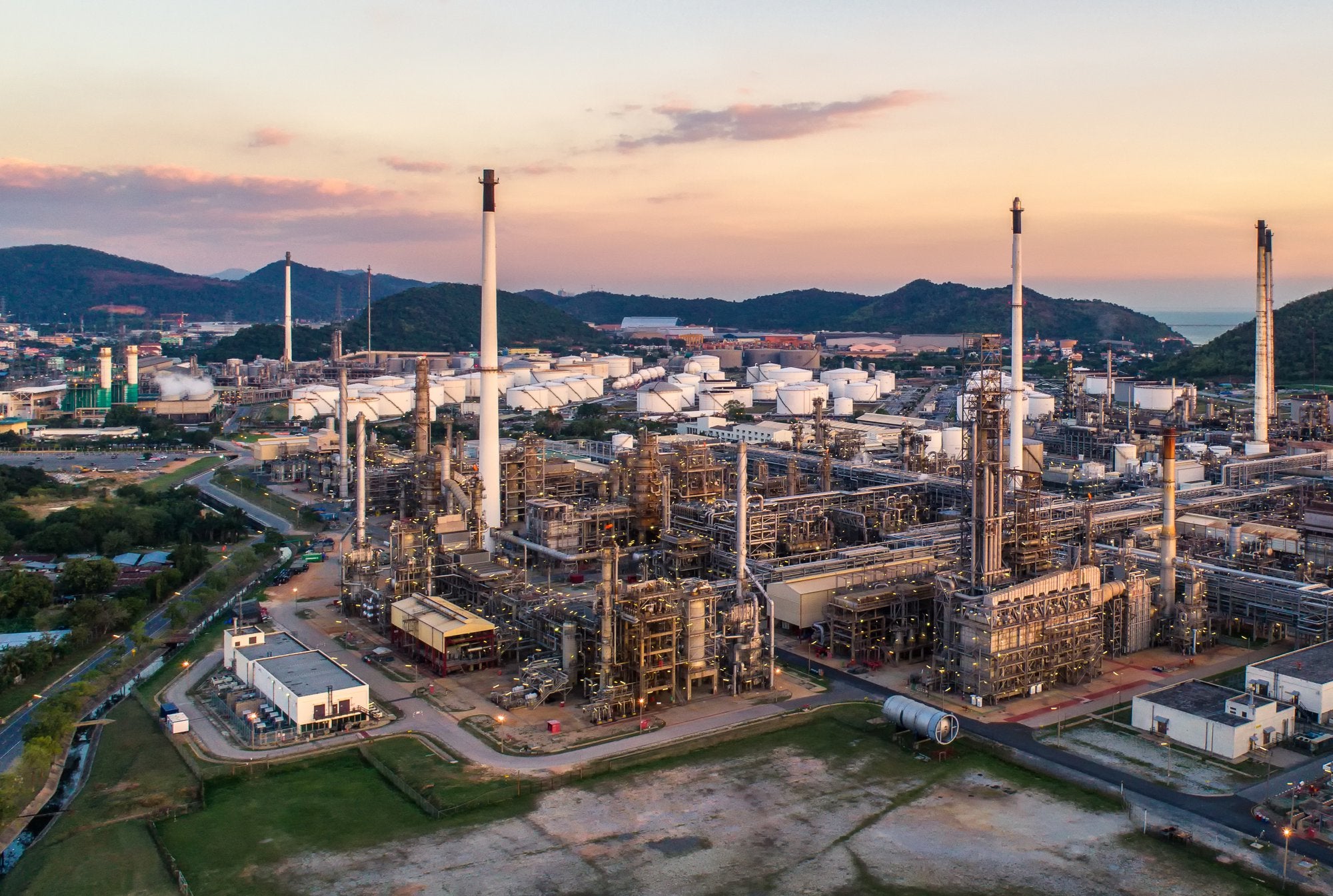This is in reference to Federal oil and gas leasing. Let's talk about offshore federal waters only. Specifically the Gulf of Mexico (GOM). The average tract/lease/block size in the GOM is 5,760 acres. There are 29,100 blocks in the GOM but currently there are only 1,984 active leases. Why is that? Well the majority of those not leased have ether never been offered for lease, the bids were turned down, or the operator relinquished the leases. Giving up a lease usually happens when a company is awarded the lease and does enough work on the lease to determine that there is not enough viable, economically recoverable hydrocarbons in place. Also, if there was a field there, the field has been depleted.
The award process is done by the Department of the Interior (DOI). The oil companies request certain blocks be offered based on regional seismic surveys and wells drilled on other blocks. The DOI has geoscientists that look at the same data as the oil companies and they come up with the DOI value for each block. Based on that, the DOI either puts the block up for bid or not. There are a lot of requirements in the bidding process, but for the sake of brevity, lets just look at the two big ones, Lease Bonus and Yearly Rental. A company submits a sealed bid for the Bonus it will pay at award time, and how much they will pay each year as a rental for as long as they hold the lease. Leases are awarded for a fixed number of years, but if there is production, then the lease is extended. For a lease to be awarded, the Bonus and Rental have to be at least as high as the DOI has set based on there value of the lease. But they never state what those numbers are.
So of the 1,984 active GOM leases, are they all being 'actively drilled'? Absolutely not. So why not? Are the oil companies being mean? Being awarded a lease just allows you to explore, not produce. There are no proven hydrocarbons on that lease yet. The winning oil company will conduct more detailed seismic surveys to look for accumulations of oil and gas. This is called 'prospecting'. Teams of geoscientists and engineers will work together to come up with possible areas on the lease that may be a field. These 'prospects' are then ranked by the company based on their potential and the best are then selected for drilling. This can take years to get to this point.
Now the fun starts. A drilling permit is required and to get that, there are numerous hoops the company has to jump through, including environmental impact statements. This can also take years. But say the permit is finally approved. The company then drills an exploration well on that prospect. Maybe they find oil, maybe they don't. But even if they do, that well is a throw-away as it is only an exploration well designed to get information only. And it cost a shit load of money. Some of the wells I worked in Nigeria cost over $200 million, and that was ten years ago. It may take 2-5 of these exploration wells to determine if there is enough oil to make a field and economically produce it. Sometimes after these exploration wells are drilled, no or not enough oil is found to continue. But a block is big and maybe there are other prospects on the block, so more exploration may be done.
If they find viable quantities of oil, the next phase is started, Development. A plan is devised on how to build infostructure (think platforms and pipelines) and what is the ideal number of wells to drain the field correctly. That plan needs to be approved by, you guessed it, the DOI. More permits and environmental impact statements. A few more years of work. Once those platforms are put in place the development drilling begins. As each well completes, oil is now produced. But the field is never just as you predicted. Geology is not an exact science. So each new well brings more information. As those initial development wells are completed, the next phase begins, Production.
Generally more wells are drilled to optimize the recovery of the oil. And of course, each new well, or working over an old well, needs a permit.
So when the media and government states that the oil companies have tons of 'permits' they are not using, that is very deceptive. They call just about anything a 'permit', including the lease. There are many, many permits that are needed just for one single well. When an oil company makes a decision to continue to work a lease, it is based on a lot of economic variables. Future price of oil is a big one. But also the cost of development is the other big one. An the single biggest unknown in that calculation is the impact of the government on getting permits and permissions. All the while they are still paying the yearly lease, and if you make production, the government gets a cut.
Here is a list of the GOM leases.
SwilerTable BOEM





